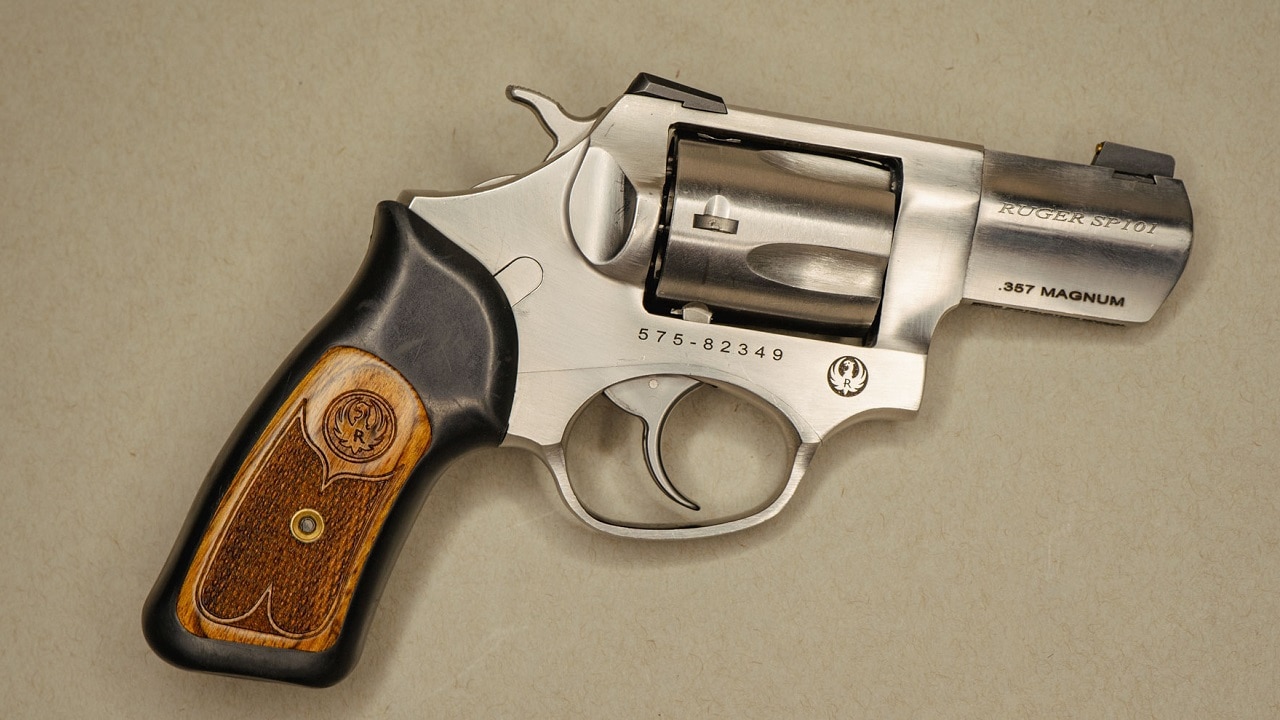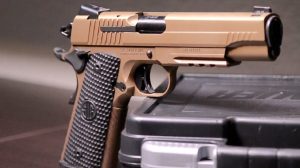Snubnose revolvers, known as “snubbies,” are not fun to shoot, but that is the point.
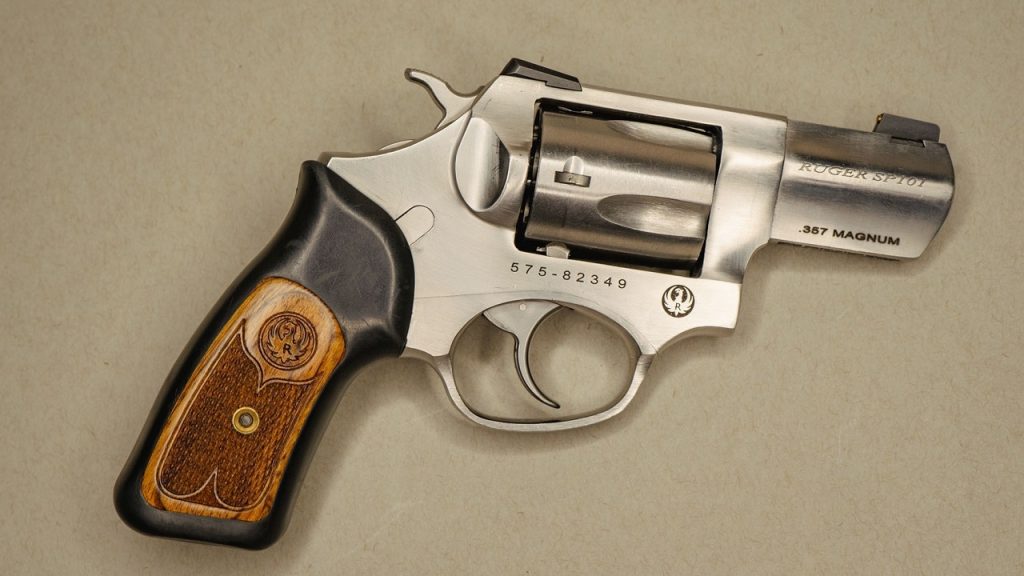
Snubnose revolvers, known as “snubbies,” are not fun to shoot, but that is the point. “Meant to be carried a lot and shot a little,” as many gun writers say. If properly maintained, they are compact, reliable, and durable. They require less maintenance than semiauto pistols in “pocket pistol” calibers such as—32 and 380 ACP.
My readers will not be surprised that I put this rifle first. Rugers are the Timex of wheel guns—they take a beating and keep going. That applies to their large-, medium-, and snubnosed revolvers.
As our ballistics-savvy readers know, the standard-pressure 158-grain round nose lead (RNL) The 38 Special cartridge was known as a “widow maker” for American cops.
The 158-grain +P lead semi-wadcutter hollowpoint (LSWCHP), sometimes called the “FBI Load,” reliably expanded at subsonic speeds even when fired from shorter barrels. It improved stopping power but wore out guns.
The Ruger SP101 has steel sides. The SP101 can handle +P.38 Spl loads because it was designed for the 357 Magnum. The ergonomic factory rubber grip reduces the recoil of high-pressure bullets.
I owned a 357 Ruger snubby and shot many specials and full-house Maggie loads through it, but the SP-101 is the closest to being “fun” or “nice” to shoot.
S&W J-frame snubbies, especially the old-school ones with thin, stubby wood grips, are uncomfortable to shoot. I prefer shooting Smith’s N-frame M57.41 Magnum and Model 29.44 Magnum!
Because of the Smiths’ thinner build, aftermarket rubber grips work better on the Ruger SP-101.
However, police and armed civilians have used them successfully in gunfights. The Ladysmith and the Model 36 Chief’s Special are among the many options.
The J-frame series has been produced since 1950 because it has many appealing features.
This pistol shows that S&W’s medium-sized “K-frames,” albeit larger than the J-frames, could still be successful snub nose revolvers, with the added benefit of being easier to fire due to the extra bulk that helps reduce recoil. As the FBI’s and NYSP’s standard issue, Model 13 established its usefulness.
This gun is credited with popularising the 38 Special among shooters. This wheeled gun was introduced in 1927 and produced thrice until being stupidly retired in 1986.
59 great years. “The Colt Detective Special became a preferred carry option for law enforcement as well as armed citizens,” according to the NRA’s American Rifleman team.
For modern classic enthusiasts, Colt’s marketing wizards revived the Detective Special from 1993 to 1996 and sold it as the Colt Cobra.
Big-bore revolver fans, the Charter Arms Bulldog proves you do not need a “medium” caliber to pack a snub nose.
The 44 Special, the milder ancestor of the 44 Magnum, is powerful enough for self-defense.
“Known for its tough reliability and stopping power, Charter’s 44 Special is a multipurpose revolver for personal or home protection,” according to the manufacturer’s data page. The 44 Special is one of the bigger concealed carry revolvers with a 2.5′′ barrel. It stops well without being heavy. “This secure, reliable revolver is powerful enough for serious home protection but small enough for efficient concealed carry!”
Former Detroit Police Sgt. Evan Marshall, noted for his statistical research on pistol-stopping power, loves the Bulldog.
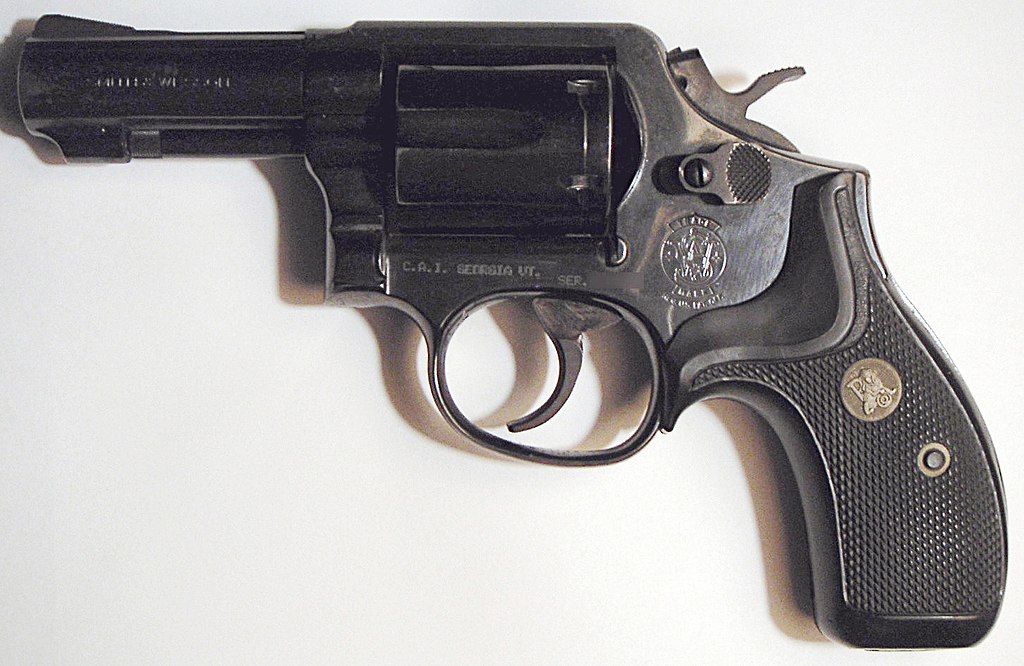
Smith & Wesson Model 13 [Standard Catalog of Smith & Wesson 4th Edition]

A Colt Detective Special [Blue Book of Gun Values, 29th Edition; Blue Book Publications, Inc.]
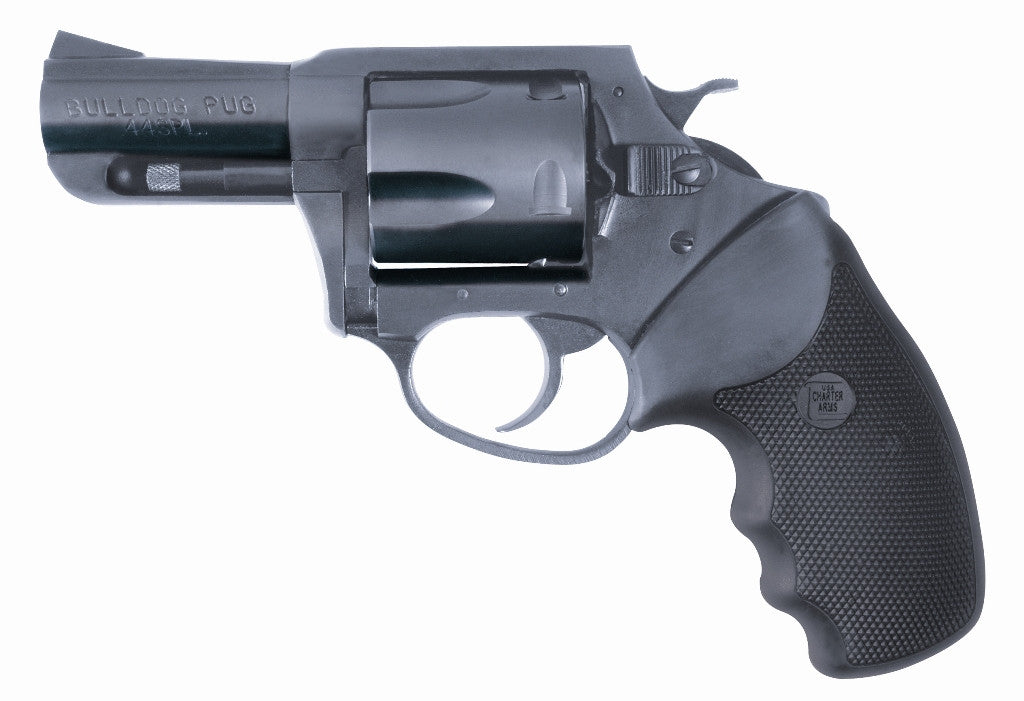
Bulldog, Image credits: Charter Arms

Smith & Wesson J-Frame Series .38 Special, Image credits: Smith & Wesson

Ruger SP101 .38 Special/.357 Magnum, Image credits: RUGERS


